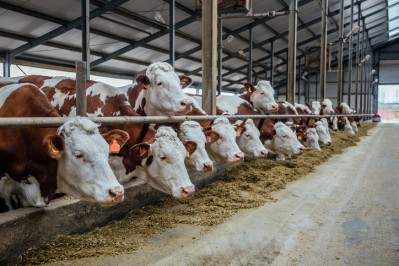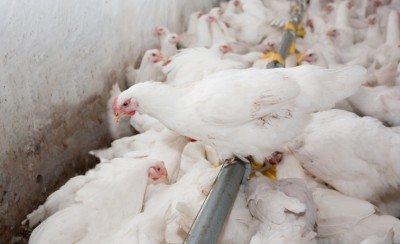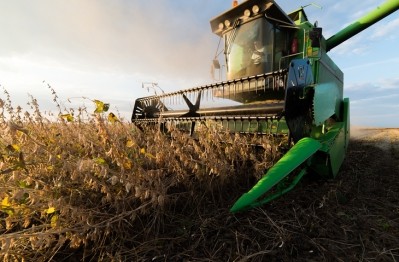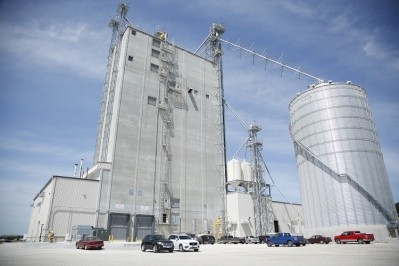Iowa State moves forward with new feed mill, research facility

The five-acre project includes education and outreach facilities, a new feed mill and storage for corn and feed.
It is still in the fundraising stage, however the state Board of Regents, which oversees three public universities, approved a move forward with more detailed planning and design for the site in June, said Brian Meyer, director of college relations for the college of agriculture and life sciences at Iowa State.
A formal timeline has yet to be established.
“One of the college of agriculture and life sciences’ top priorities in Iowa State University’s $1.1bn fundraising campaign announced in 2016 was a set of innovative animal agriculture facilities, including new swine and poultry teaching and research farms and a feed mill and grain science complex,” he told FeedNavigator. “Rather than requesting support from the state legislature, Iowa State chose to raise 100% of the funds privately for each of these facility projects.”
Thus far, about $14m has been raised for the project and the college is continuing efforts to meet the goal through in-kind gifts like technology and equipment as well as fiscal donations, he said.
Meeting industry needs
The state economy in Iowa is tied to the feed crop and livestock production sectors, said Meyer.
“Over the past decade, consumption of commercial feed by Iowa’s livestock and poultry species has doubled to 15m tons,” he said.
The university is interested in the new feed production facility, in part, to support the state’s grain and livestock industries and the need for an educated workforce, he said. “We also believe there is a great need for increased education and extension training programs,” he added.
“Having a portfolio of extension education and continuing education programs is becoming more important for professionals in the grain and feed industries, as the number of regulatory compliance issues and emerging biosecurity challenges continue to rise,” he said. “We envision the complex to be a valuable industry training and research resource for grain handling and storage, animal feed manufacturing, biosecurity, feed safety and novel ingredient processing.”
Facility implications and details
The new feed production facility is expected to help researchers at Iowa State conduct nutrition research, test novel feed ingredients and devise ways to address biosecurity issues, said Meyer. The new mill also is set to have improved safety features.
“Currently, Iowa State students do not have direct access to education or hands-on experiences with modern grain milling,” he said. “Iowa State has three small, antiquated feed mills used exclusively to produce feed for animals housed at university teaching and research farms and to produce small-batch diets for research studies in beef, swine and poultry. The new feed mill and grain science complex will make possible hands-on educational experiences for students in a modern feed mill setting.”
The university also is designing a new curriculum and academic degree in feed and grain technology to make use of the site, he said. “The new facility and new curriculum will help to better prepare our students for careers in feed production and grain processing industries.”
The design process is set to establish the technologies added to the new facility, he said. However, it is expected that they will include equipment that allows for both lab-scale and commercial-scale feed production, addresses diet accuracy and supports the generation of research feeds.
“It will provide custom-made diets for multiple species (dairy, beef, swine [and] poultry) with much more precision and consistency than what is currently possible,” said Meyer. “Reducing variability in experimental diets will add greatly to the value and scientific validity of university research.”
The mill is intended to facilitate “innovative feed milling, grain processing and grain quality management technologies,” he said.
Additionally, current feed production capabilities on campus have not kept pace with the college’s need for feed, he said, adding “The old mills produce less than 20% of the annual feed needs of Iowa State’s programs; the rest is provided through commercial feed contracts.”
“Currently, approximately 10,000 to 15,000 tons of feed are required annually to support and maintain Iowa State’s teaching and research farms,” he said. “With the new facility, we plan to build in flexibility for capacity to accommodate new educational, research and training needs, including opportunities for collaborative research with industry partners.”














